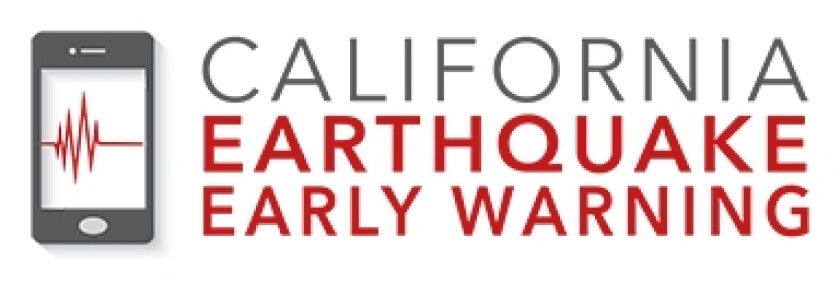
Those who download the MyShake app, available for iPhones and Android systems, will get a notification on their phones before an earthquake strikes.
“The app can provide seconds of warning before the ground starts to shake from a nearby quake – enough time to drop, cover and hold on to help prevent injury,” says a news release issued Thursday by Gov. Gavin Newsom’s office.
“The system uses ground motion sensors from across the state to detect earthquakes before humans can feel them, and is automated to notify Californians so that they can ‘Drop, cover and hold on’ in advance of an earthquake,” says the announcement, which was issued on the 30th anniversary of the deadly Loma Prieta earthquake of 1989. The California Earthquake Early Warning System combines the new app with traditional alert and warning delivery methods such as Wireless Emergency Alerts (WEA).
The system uses ground motion sensors from across the state to detect earthquakes before humans can feel them.
The website for the California Earthquake Authority spells out the app’s functions:
- Collect: When your phone is stationary, the app is ready to collect data from its motion sensors.
- Detect: The app uses machine learning to decide which motion is produced by earthquakes and which isn’t.
- Record: When the app detects an earthquake, its network of phones records (and securely stores) the shaking to collect valuable data.
The phone also allows people to “crowdsource” valuable information about how much shaking people felt and damage they see around them after an earthquake.
“Nothing can replace families having a plan for earthquakes and other emergencies,” Newsom said in the announcement. “And we know the Big One might be around the corner. I encourage every Californian to download this app and ensure your family is earthquake ready.”
The amount of advance notice received will depend on how far you are from the epicenter of the earthquake. For example, during the Loma Prieta earthquake, the epicenter of which was near Santa Cruz, those attending the World Series game at Candlestick Park would have received about 15 seconds of advance notice; those farther north in Marin County would have received up to 17 or 18 seconds of advance notice.
Initially, the new app will deliver alerts to people for earthquakes exceeding magnitude 4.5 in their area. Designed by seismologists and engineers from the University of California, Berkeley, the app is now available through iTunes and GooglePlay.
Warnings delivered through the system are based on a computerized program called ShakeAlert operated by the U.S. Geological Survey (USGS) that analyzes data from seismic networks in California, calculates preliminary magnitudes, and then estimates which areas will feel shaking.
Earthquake-prone countries like Mexico and Japan have long had earthquake early-warning systems, with alerts typically delivered through cellphones or public address systems. However, California will be the first state in the nation to offer earthquake early warning.
The app is the result of years of work by experts from the California Governor’s Office of Emergency Services (CalOES), USGS, UC Berkeley, the California Institute of Technology and other partners. It stemmed from legislation, authored by Secretary of State Alex Padilla as a state senator, requiring the state to establish an earthquake early-warning system.
“Today’s announcement reflects our commitment at CalOES and across the administration to use the best available science and technology for earthquake detection and warning,” said Mark Ghilarducci, director of CalOES. “These early notifications greatly increase our ability to prevent injuries and even save lives.”
This year’s enacted state budget included $16.3 million to finish the build-out of the system, including finishing seismic stations installation, adding GPS stations to the network, improving telemetry and launching an education campaign.





